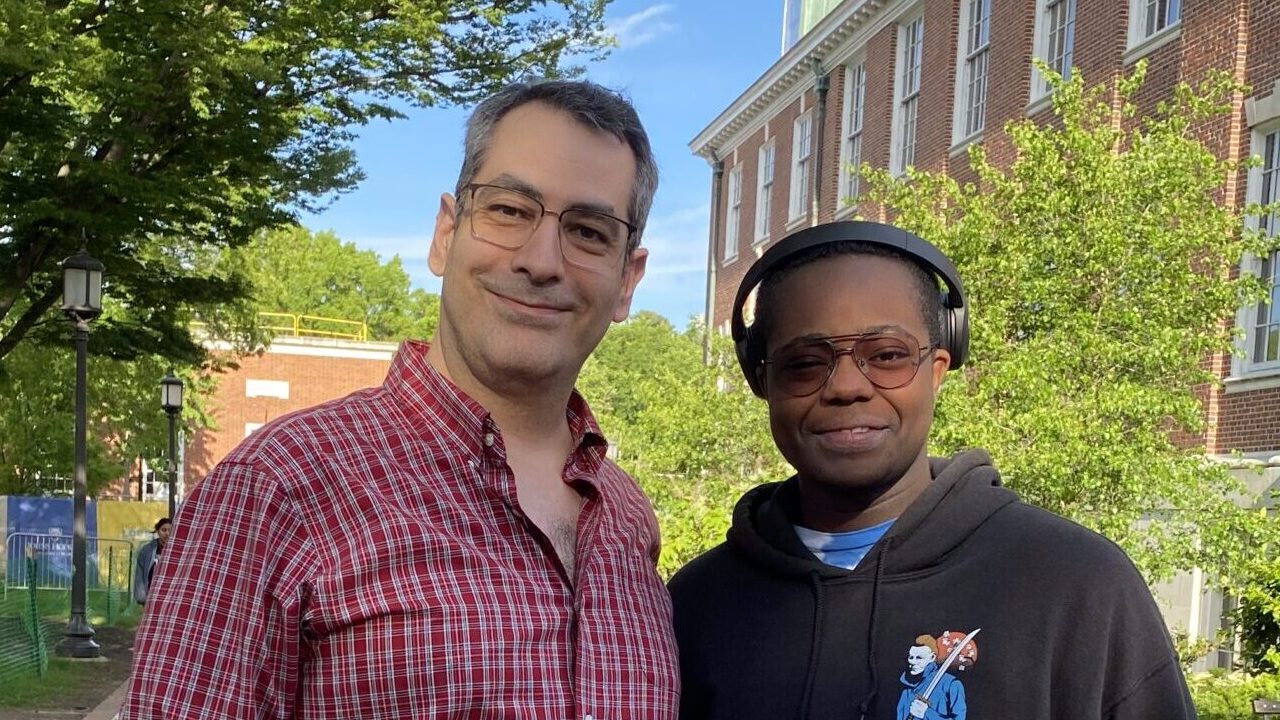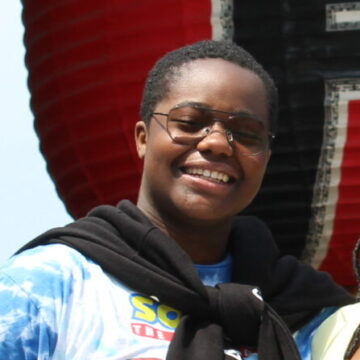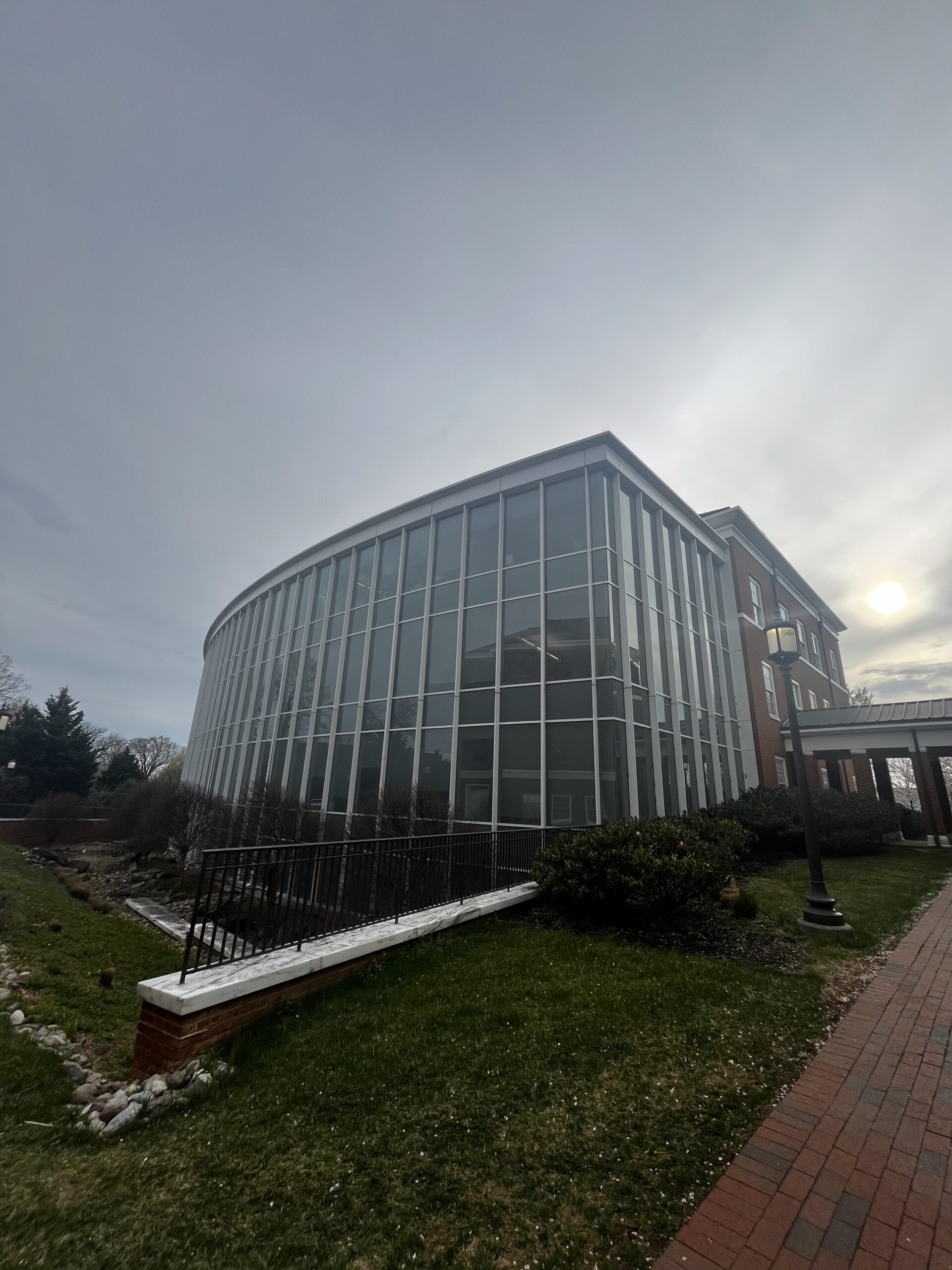
Hey everyone! My name is Abby, and I am a recipient of the 2022 Dean’s Undergraduate Research Awards (DURA) in the Humanities. The focus of my project is the Cobbold Valentines Album from the Hopkins Sheridan Libraries Special Collections. At Hopkins, I was able to pursue my interests in Women’s History (and be paid for it!) even while being a STEM major. I ended up learning about the Cobbold Album after taking an intersession class with Special Collections Librarian, Heidi Herr, on romance comic books. There are so many resources and opportunities here, and you stumble into them in the ways you least expect. I’m so grateful to be able to share my research here, and I hope you will enjoy learning a bit about it!

According to British folklore, the first bird a young woman saw on Valentine’s Day symbolized the type of man she would marry. If she saw a sparrow, she would marry a poor man. But if she saw a goldfinch, she would marry a rich man. The above picture is of a papercut Valentine titled “A Goldfinch” from the early 19th-century. The inscribed poem hints that its recipient has been paired with a wealthy man of noble birth. The Valentine’s author and artist was Elizabeth Cobbold, the daughter of a London insurer who grew up to be a novelist, poet, hostess, and conchologist.
From the 1810s to 1820s, Cobbold hosted Valentines Parties for her single upper-crust friends at her house “The Cliff” in Ipswich, England. Pairs of Valentines would be hand-cut, inscribed with one of Cobbold’s original poems, and mounted on either blue (for the gentlemen) or red (for the ladies) paper. The attendees would then find their “match” at the party.
The Sheridan Libraries Special Collections at Hopkins has an album containing 125 of Cobbold’s Valentines. The artwork is beautiful and intricate, and the poems are charming and amusing. Many of the Valentine’s also act as little time capsules for ideas in early 19th-century British culture. A particularly interesting Valentine is of a Nairne Friction Machine (pictured below). This was a type of hand-cranked electrostatic machine used for early study of electricity as well as novelty entertainment. I personally love all the electricity puns featured in the poem and the sparks coming from the machine in the image!

Poem Transcript:
What though your wit’s electric blaze
With brilliant coruscation plays,
What though the lightning of your eyes
[A flash more] bright than [this] supplies
And all your [v]ario[us] graces prove
A perfect battery of Love
Ye[t] you [perhaps] fair Lady mark
May [chime] yourself to take a spark.





